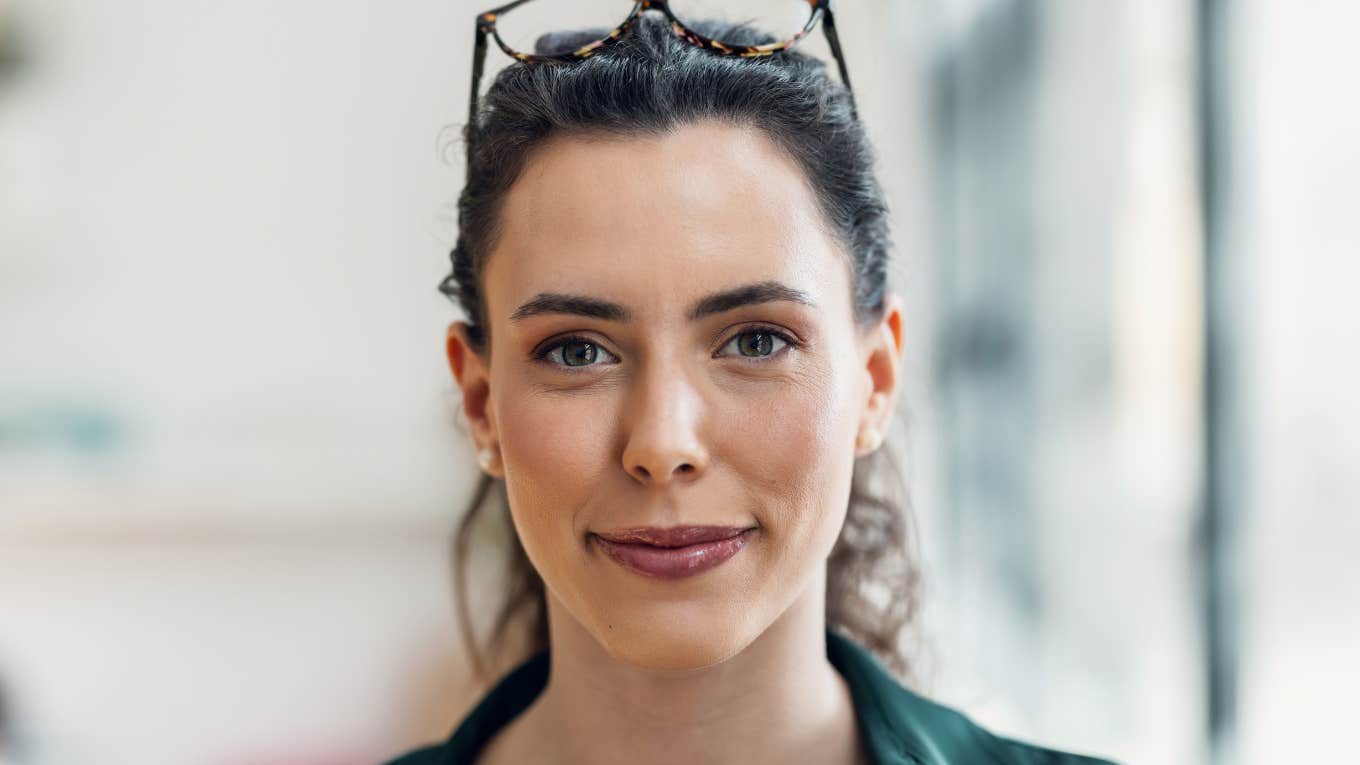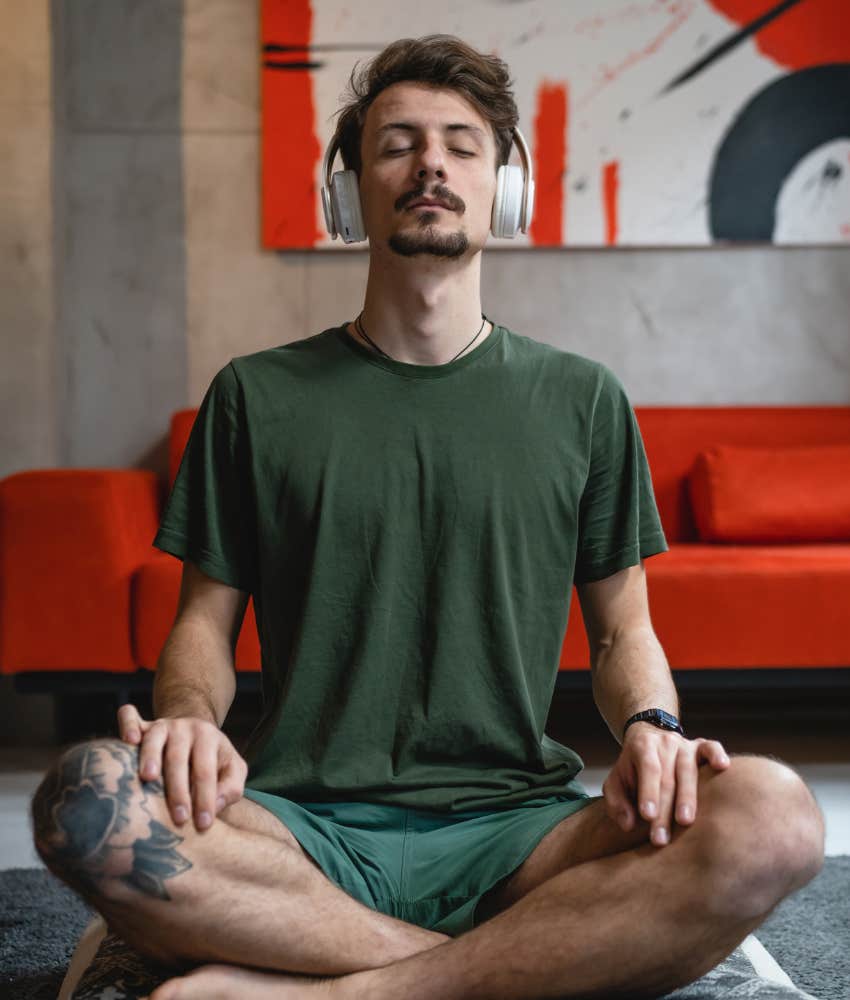One Small Habit Increases The Chance Of Getting What You Want, According To Decades Of Research
Learn the skill that's used by athletes, actors and CEOs.
 Josep Suria via Shutterstock
Josep Suria via Shutterstock Our minds are powerful tools that can change us profoundly. Before we even understood the subtle science of neuroplasticity, we knew this fact: humans can use their imaginations to "practice" being successful. This happens is through visualization, a practice that requires very little education but has been proven to work.
Research proves that visualization works
Researchers have been studying the power of visualization techniques since at least the 1960s. Study after study has since confirmed that various forms of mental imagery work to help people achieve their goals.
In 1997, a study published in the Journal of Human Movement Studies followed highly skilled basketball players to see how visualization practices increased their free throw averages. They controlled the participants to be equal across measures of age, gender, experience, practice time and motivation. The outcome showed that those using visualization techniques increased their chances of hitting freethrows.
Mental imagery techniques are not just for athletes. Visualizing recovery can also help people heal from heartbreak and gain confidence.
Real examples of visualization and mental imagery success
![]() Tennis icon Billie Jean King, photo by Leonard Zhukovsky via Shutterstock
Tennis icon Billie Jean King, photo by Leonard Zhukovsky via Shutterstock
Tennis icon Billie Jean King shared how visualization helped her become one of the most decorated female professional athletes in the 1970s, confirming that it always gave her a compeitive edge.
Russian Olympic teams have reportedly been utilizing visualization since at least the early 1980s, and now almost all other Olympic teams utilize mental imagery techniques. It's reported that the US Olympic team brought nine sports psychologists to the Sochi Olympics to support visualization and other mental coaching efforts!
I could go on and on citing studies that prove how well visualization works, but I think you get the gist! Now you need to know how to do it.
The 3-step visualization technique that helps people get what they want
1. Visualize the process, as well as your end result
 Miljan Zivkovic via Shutterstock
Miljan Zivkovic via Shutterstock
The free throwers didn't just see the ball swishing through the net. They mentally walked themselves through practice, the steps of their feet, the flick of the wrist, and finally, the ball falling through the net.
You can use this technique to imagine yourself stepping up to a podium to give a speech, approach your boss to ask for a raise, or even to visualize yourself going to the fridge and choosing a bowl of strawberries to satisfy your afternoon sweet tooth.
2. Engage your senses as you visualize
For example, if you want to increase your health outcomes by eating more fiber, close your eyes and mentally feel the textures, tastes, and goodness of the fruits, veggies and whole grains in the foods that can help you achieve that goal. Imagine chewing and swallowing and then smiling at how delicious they are.
Congratulate yourself on your good choices.
You can also visualize how confident you can feel while talking in front of a group at work and how relaxed you'll feel as soon as you are done delivering your report. In relationships, you can visualize yourself setting healthy boundaries and standing by them proudly with someone who tends to push your buttons. Visualize the confidence you gain from standing up for yourself!
3. Visualize from inside yourself, in first person.
If you see it from a distance, in the third person, it won't be as effective. Let's get a bit more specific. Perhaps you want to start feeling healthier. Try using these tools as part of your visualization practice:
- Talk to yourself in positive ways: This is VERY important! The way you speak to yourself in your head affects everything. Try changing your "should's" to "want's". Instead of saying, "I look awful! I really should drop a few pants sizes and get rid of this belly bulge", say "I'm ready to make some better choices in my life and get healthy!" Encourage yourself the way you would with a good friend.
- Think in terms of adding healthy behaviors to your life instead of taking things away: The mentality of sacrifice is not very motivating for most of us. So, think: "I'm going to add a bowl of healthy fruits and vegetables to my daily meals...and I'm going to eat those first!"
- Have an eating plan for each day, and prepare the night before. If we have a plan, we're much more likely to eat healthily. I don't know about you, but if I get hungry, I'll eat anything within reach! Visualizing myself reaching for the yummy food I have prepped for myself and enjoying it can help, but works best if I've already set myself up for success.
So, now, add visualization to each of these items. Try: "It's another beautiful morning! I am looking forward to being healthy today....."
And then imagine yourself enjoying the healthy food you've planned. Visualize the taste of the salad, the crunch of the carrots, and the cleansing water you will drink. Then, go do the things you've visualized. Sometimes, it helps you to visualize your thinner self if you have a picture of yourself at a healthier weight.
Then, congratulate yourself!
Visualization builds happiness in many ways: you have more control, are more likely to accomplish your goals and desires, and are training your brain to focus. Don't be discouraged if this is hard at first. It takes a bit of practice. You can do it! You can even visualize yourself visualizing, if that feels fun and hopeful.
Sally Evans a Licensed Professional Counselor and have practiced psychotherapy for twenty years, focusing on anxiety management, relieving depression and women's transitions.

